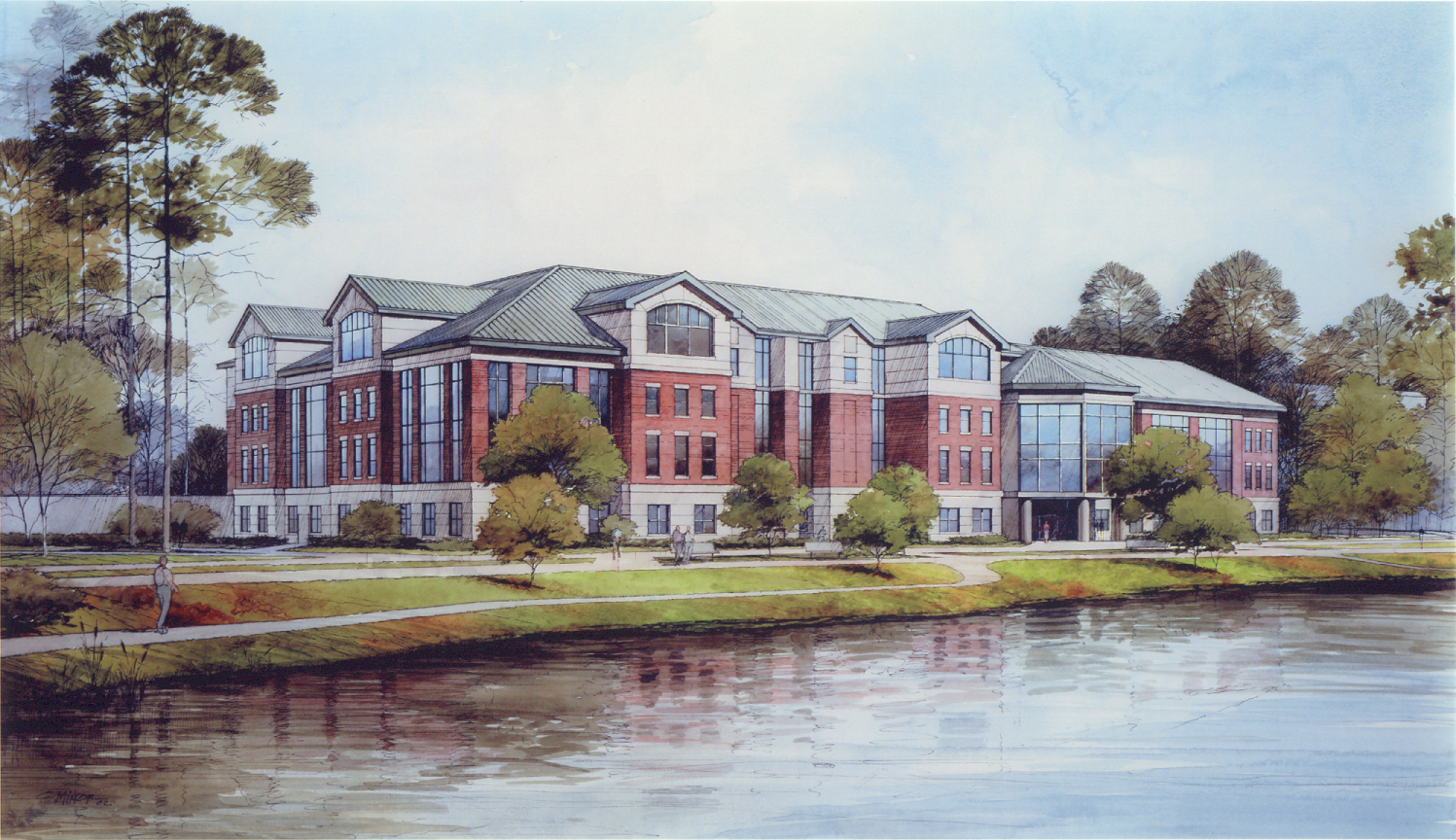
|
|
|---|
|
| |||
| Calendar |
|
Affiliation |
|
|
2007 November 2 |
Shijun Zheng | Introduction to harmonic analysis and PDE (I) | Georgia Southern University |
| November 9 |
Shijun Zheng |
Georgia Southern University |
|
|
2008 February 13 (4:30-5:30) |
Steven Damelin | Dimension Reduction, Harmonic analysis and Non Euclidean Metrics | Georgia Southern University |
|
2008 February 14 (Colloquium) |
Matthew Blair | Nonlinear wave equations on exterior domains | University of Rochester |
|
2008 February 29 (Colloquium) |
Shijun Zheng | Spectral calculus, Besov spaces and dispersive equations | GSU |
|
2008 March 12 (4:30-5:30) |
David Benko | Uniform approximation by weighed polynomials | Western Kentucky University |
|
2008 March 14 (4:00-5:00) |
David Ragozin | The world of harmonicity defined without differentiation | University of Washington |
|
2008 March 24 |
TBA | Local smoothing estimates imply Bochner-Riesz conjecture | GSU |
April 1 (GSU Distinguished Lecture 6:00-7:00) |
George Andrews | Euler and the beginning of the theory of partitions | Penn State University |
| 2008 April 4 (Colloquium) |
Chris Heil |
Georgia Institute Technology | |
| April (Colloquium) |
Ramona Anton |
Université Paris XI and Johns Hopkins University |
|
| 2008 April (Colloquium) |
Manoussos Grillakis |
Impurity and quaternions in nonrelativistic scattering from quantum memory |
University of Maryland |
| 2008 May 2 (Colloquium) |
Shuanglin Shao |
The restriction estimates for paraboloid in the cylindrically symmetric case |
UCLA |
| 2008 November 21 (Colloquium) |
Jens G. Christensen |
A Wavelet Decomposition of Besov Spaces on the Forward Light Cone |
LSU |
| 2009 Feb 6 (Colloquium) |
Konstantin Oskolkov |
Schrödinger equation and Riemann's non-differentiable function |
USC |
| 2009 Feb 25 6:00 The Fifth DISTINGUISHED LECTURE |
Christopher Sogge |
Johns Hopkins University | |
| 2009 Feb 27 (Colloquium) |
Christopher Sogge |
Abstract Strichartz estimates and existence theorems for nonlinear wave equations |
Johns Hopkins University |
| 2009 October 9 (Colloquium) |
Alexander Stokolos |
GSU | |
| 2009 October 23 (Colloquium) |
Alexander Stokolos |
GSU | |
| 2009 October 30 (Colloquium) |
Benjamin Dodson |
The I-method and global well-posedness for the defocusing nonlinear Schroedinger equation |
UC Riverside |
| 2010 February 23 (3-4) MP1305 | Alex Stokolos | GSU | |
| 2010 March 4 (2:00-3:00 MP3311) | Armen Vagharshakyan | Geogia Tech | |
| 2010 March 5 (3:00-4:00) Colloquium | Michael Lacey | Geogia Tech | |
| 2010 March 12 (3:00-4:00) Colloquium | Laura de Carli | On the L^p norm of the Fourier transform of disconnected symmetric regions |
Florida International University |
| 2010 March 9 (3:00-4:00) | Shijun Zheng | GSU | |
| 2010 April 6 (3:00-4:00) | Shijun Zheng | GSU | |
| 2010 April 22 (2:00-3:00) | Xuwen Chen | University of Maryland | |
| 2010 April 23 (3:00-4:00) Colloquium | Chengbo Wang | Johns Hopkins University | |
Abstract of Talks
November 2 Shijun Zheng (GSU) Introduction to harmonic analysis and PDE (I)